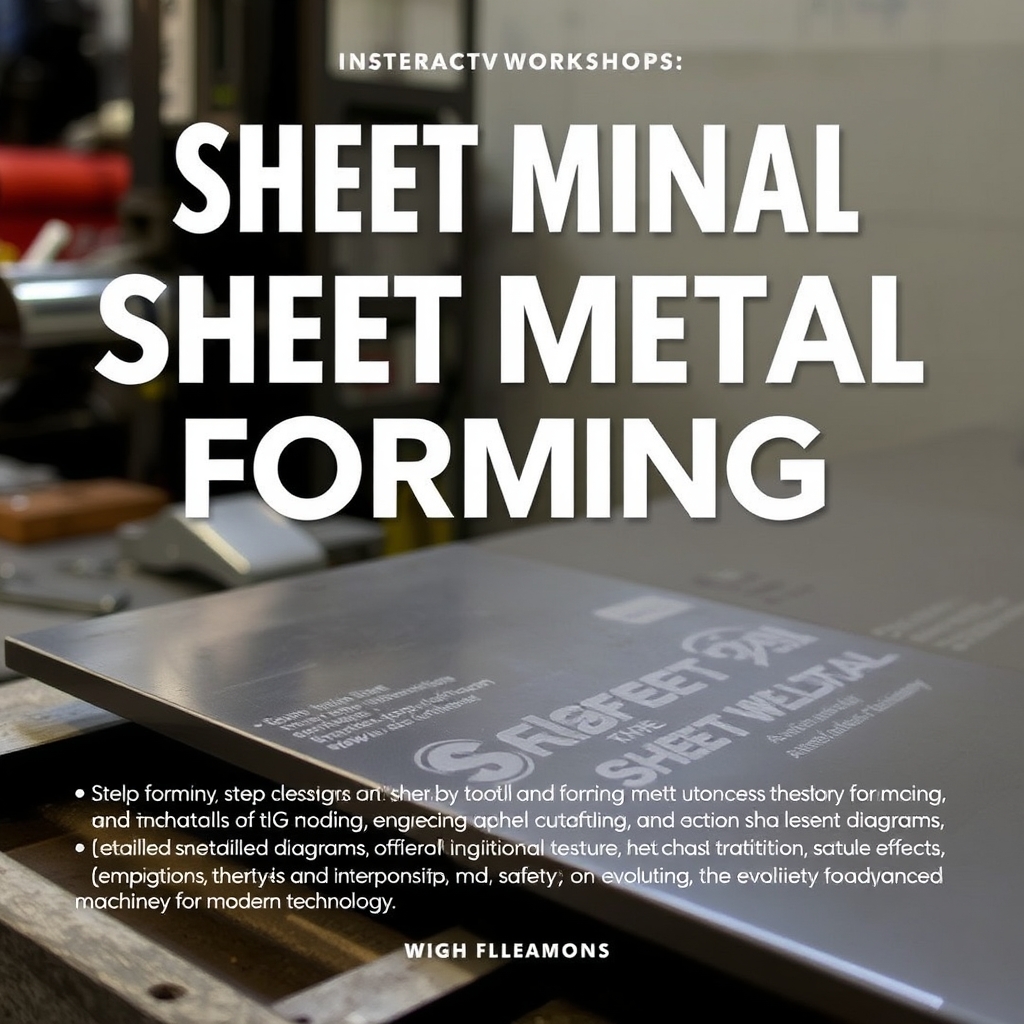
- +8615586668226
- [email protected]
- No. 30, Hongbang Industrial Park, Shenzhen

Grain direction and size directly affect the Hållbarhet, flexibility, och manufacturing efficiency of sheet metal parts. By understanding these factors, engineers can design components that withstand stress, reduce waste, and align with industry standards.
Sheet metal fabrication transforms flat metal sheets into functional parts through cutting, bending, and assembly. Common applications include brackets, kapslingar, och industriell utrustning. Key processes include:
Alt: Visualizing grain direction in sheet metal fabrication processes
Metals consist of polycrystalline structures—tiny crystals (grains) bound together. During rolling, these grains elongate, creating a grain direction that impacts material behavior:
| Grain Orientation | Styrka | Vanliga tillämpningar |
|---|---|---|
| Longitudinal | Hög | Aerospace components |
| Transverse | Måttlig | Konsumentelektronik |
Bending sheet metal against the grain requires more force but reduces cracking risks. Key considerations:
Pro Tip: For projects like robotic arms eller medical device housings, align bends perpendicular to the grain for optimal durability.
Smaller grains mean more grain boundaries, which block cracks and enhance strength. Factors affecting grain size:
Fallstudie: A defense contractor reduced part failures by 30% after optimizing grain size through precision annealing.
When cutting multiple parts from a single sheet, align all components to the same grain direction. This ensures:
Utforska våra tjänster för tillverkning av plåt for tailored nesting solutions.
Post-rolling treatments like glödgning eller normalizing adjust grain size:
Idealisk för anpassade prototyper requiring precise tolerances.
A major automotive brand faced repeated bracket failures due to improper grain alignment. By redesigning parts to bend against the grain, they achieved:
Vid CNC Manufacturing Service, we combine avancerad laserskärning och precisionsbearbetning to optimize grain structure. Our process includes:
Request a Gratis offert for projects requiring 5-axlig maskinbearbetning eller tillverkning på begäran.
Grain alignment impacts stress distribution. Parts bent med the grain may crack under cyclic loads, common in industriell utrustning.
Yes! Processes like glödgning refine grain structure post-production.
Uniform grain direction ensures predictable behavior during mass production, vital for konsumentvaror.
Indirectly. Smaller grains slow crack propagation, enhancing durability in harsh environments like energy sector applikationer.
Ready to optimize your next project? Explore our CNC-lösningar or contact us for a consultation!
Få de senaste trenderna och fakta om CNC-tillverkning från vår blogg.
Shenzhen Runkey Precision Technology Co. Ltd, ett dotterbolag till Tensun Group, är din pålitliga one-stop-lösning för anpassad tillverkning från prototyp till produktion. Förvandla din idé till verklighet med digitala tillverkningsresurser, strömlinjeformade processer, expertvägledning, accelererade tidslinjer och kompromisslös kvalitet.
©2024. CNC Fabrication Alla rättigheter förbehållna.